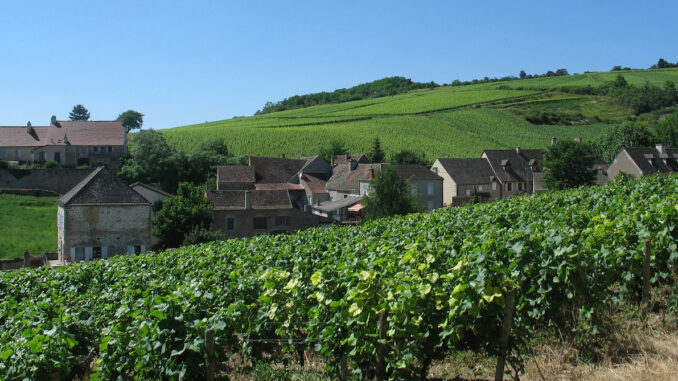
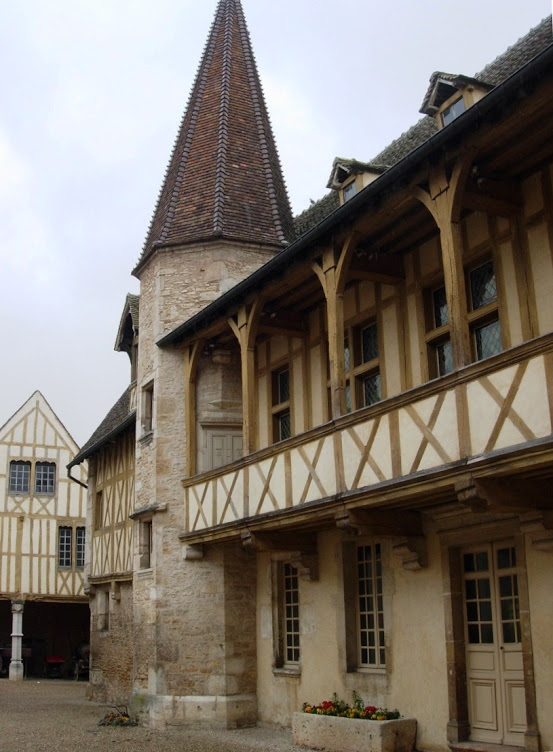
Getting to Burgundy is a snap (Borgogne in French):
- Head north from Lyon, start in golden-stone Beaujolais in less than an hour, and move up through Chablis. OR
- Head southeast from Paris, land in Chablis in under two hours, and venture south toward Beaujolais.
Five Ways Burgundy is different than Bordeaux.
- Bordeaux: all wines are blends of two+ grapes from the pre-approved short list.
VS.
Burgundy: no blends: entirely terroir*-specific Chardonnays (white) or Pinot Noirs (red). (Except in southernmost Beaujolais, where Gamay rules. - Land & Labels: Burgundy’s Domaines & Bordeaux Chateaux are not the same thing:Bordeaux Châteaux: A central ‘hub’ for all winemaking & trade activity; situated on single-Owner land featuring multiple expansive vineyards. All grapes are one estate’s property.VS.
- Burgundy’s Domaines A single terroir is sub-divided into multiple Domaines’ vineyards, meaning thousands of Owners are attached to thousands of (mini-vineyards-within-vineyards.) Each Domaine makes unique wines from its own spots only—even if that means just a few rows of vines that result in one barrel total! NOTE: The word ‘Monopole’ indicates a vineyard having only One Owner, e.g. there aren’t many. Because Domaines own multiple “spot vineyards” around the whole region, they often have a large portfolio of labels with very limited quantities of each type. Domaines never blend together wines from different terroir and especially other Domaines.
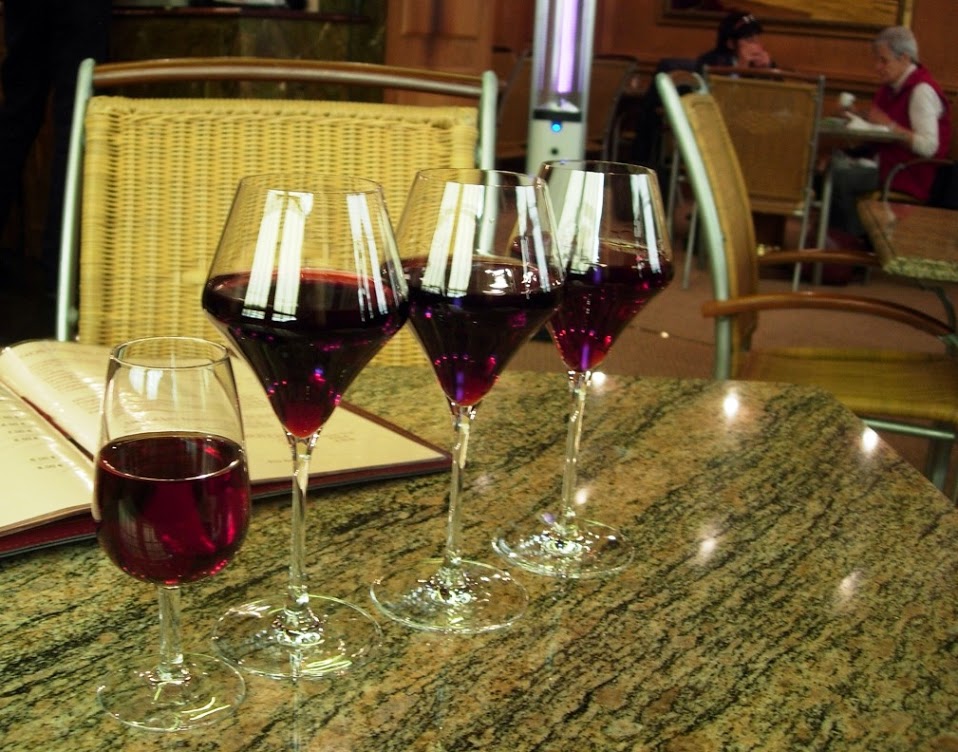
Photo by L Stevens - Bordeaux ~280,000+ acres have 14 main sub-regions based on appellations & terroir. These are further divided into communes (large towns) which are further reduced to villages.Burgundy ~62,000+ acres have 5 main sub-regions, also terroir-based. In order south to north: Beaujolais; Mâconnais; Côte Chalonnaise; Côte d’OrandChablis. Hundreds of villages of varying size pepper each.
- Burgundy, unlike Bordeaux, is challenging to plan winery visits. Most producers are too small to offer formal tours or tastings. Visitors can take a regional class to get personal intros, or find collective tasting facilities and wine bars within villages. A handful of négociants (such as Louis Jadot) sometimes coordinate tours amongst their own producers. Do homework; or you can always hire a guide.
- Glassware! Wine-snobbery aside, both regions tailor glasses specifically to drinking their unique styles.Bordeaux sports wide, roomy bowls to promote aeration and open flavor components in complex, intense wines. Tailor-made for decanting.Burgundies are specially-tapered at the top to hold in delicate nuances, while the roomy bowls below let delicate flavors unfold gently, by layer. (Remember, Burgundies originate from just one grape, and multiple producers share terroir, making flavor variances much more subtle.) Decanting is not often recommended. Open to breathe at least 1-2 hours before service.
Five Burgundy Sub-Regions in a Nutshell
Beaujolais– Two types: Beaujolais and Beaujolais Nouveau. Both made from Gamay grapes, they are NOT the same:
- Beaujolais: Beaujolais Cru = ‘best’; Beaujolais-Villages = ‘next best’; Beaujolais = ‘standard’
- Beaujolais Nouveau. Harvest celebration wine popular around Thanksgiving. Just 7-9 weeks old, BeaujolaisCrus are never used to make this quick-drinking wine!
Mâconnais– Mostly devoted to white. Popular Pouilly-Fuisé is Chardonnay from here.
Côte Chalonnaise– Premier Cru are the best.
Reds: visit Mercurey and Givry villages;
Whites: Montagny.
Feeling kooky? Bouzeron showcases bright, acidic wines from Aligoté grapes.
Côte d’Or– (Our favorite, see below.)
Chablis – Entirely devoted to Chardonnay. Safest bet is to focus on the seven Grand Crus & seventeen Premiere Crus of the region. The rest are hit or miss; but quite fun to find and debate!
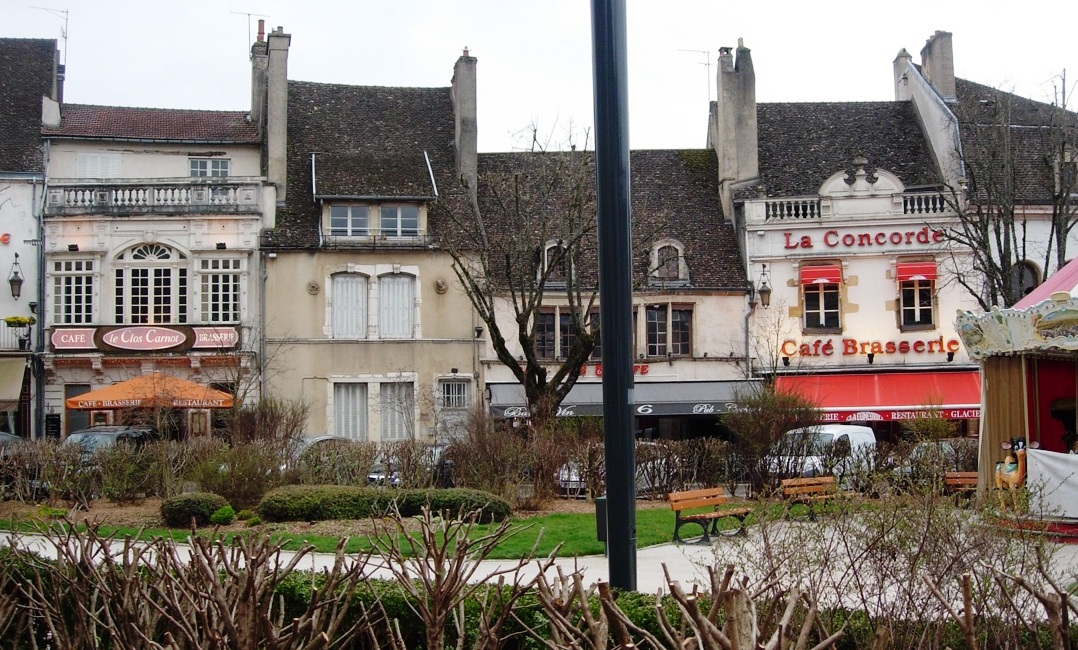
TOURING Côte d’Or
This limestone ridge supports two sub-regions: Côte de Nuits, North, red-only & Côte de Beaune, South, red + white.
Côte d’Or wines are classified by four levels, highest to lowest (and how much available):
- Grand Cru (Tiny)
- Premier Cru (Some)
- “Village”-named wines (A Lot)
- and ‘Borgogne Rouge’/ ‘Borgogne Blanc’ (The Most).
VISITING BEAUNE in the Côte d’Or
Beaune: where tollways [A6- E75] meet the [A36-E60] & [A31] just below Dijon (yes, the mustard.) Charming hotels in town; but plenty available five minutes’ drive outside the old city walls. We stayed in a business hotel nearby and simply parked on the ringed Boulevard surrounding the village, then walked the rest.
Two full days’ rain kept us exploring the village instead of venturing the countryside: tasting, getting lost, eating, tasting again. The ‘must-see’ everyone raves about is the Hotel Dieu, with its cool roof (see photos). Dieu is host to Hospice des Beaune every November, the world’s largest wine auction. The Musée du Vin is also quite close, (Wine Museum). We hit up every collective tasting room showcasing regional wines, and plenty of bars and cafés featuring more. (It was not a “skinny” week.)
A quirky, delightful little distraction: the Dalineum, a private collector’s unique collection of Salvador Dali originals. The Man Himself even designed china patterns and other funky décor unseen in art books. Apparently this mini-museum has now become quite popular, so hopefully it hasn’t changed much.
We returned home inspired to entertain, and without any Burgundy-fatigue—quite an achievement after drinking only Burgundies for two weeks straight! True fans of Pinot and Chardonnay owe this region a pilgrimage.
Santé!
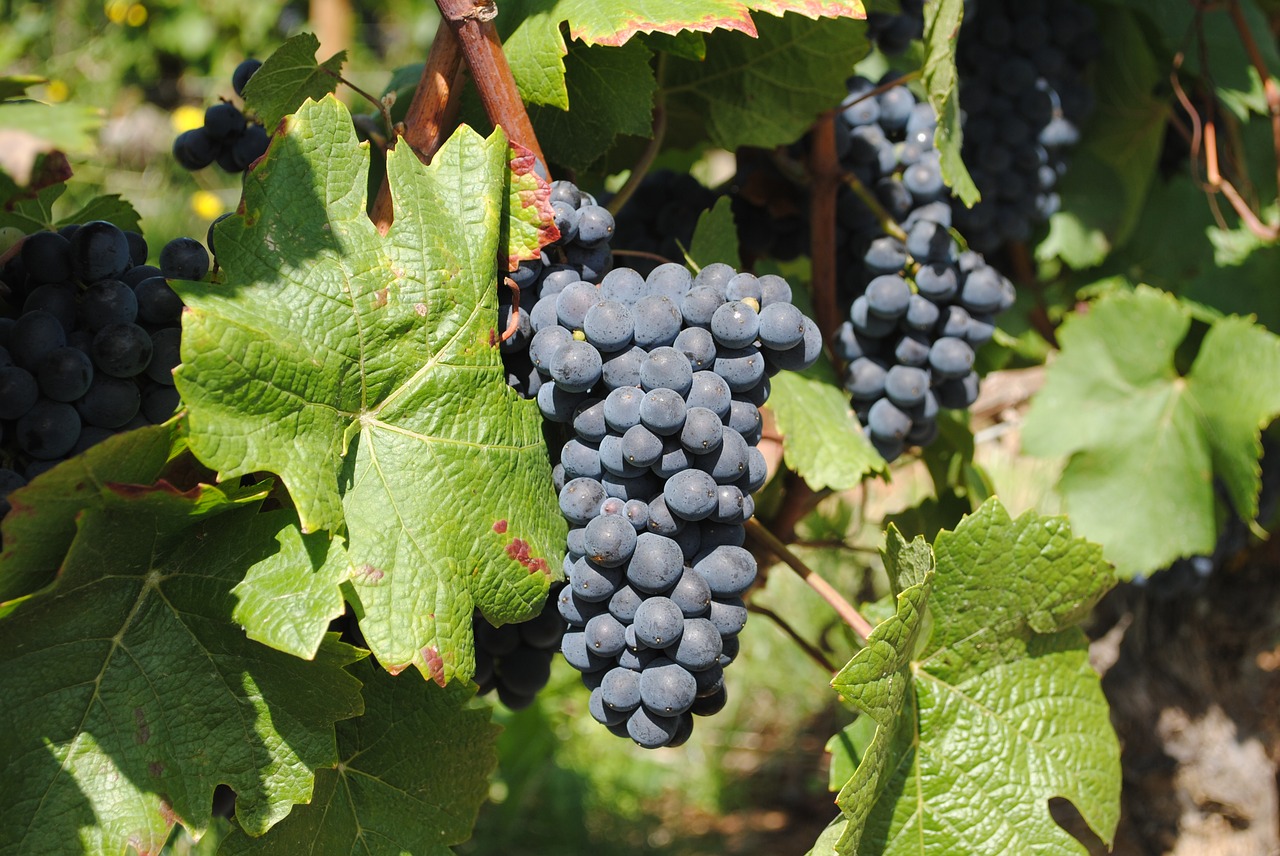
*TERROIR is a combination of all grape-growing conditions in a specific area: soil properties, topography, slope direction, rainfall, temperature, humidity, wind, fog and other unique or distinct characteristics. Pronounced tay-WAHR.
Lori Stevens, former wine magazine food editor has worked for wineries and traveled extensively through most of the world’s wine, craft beer, cider, and scotch-producing regions. Author of Wine: A No Snob Guide: Drink Outside the Box, Berkeley: Rockridge Press, 2015; she currently lives in Seattle.

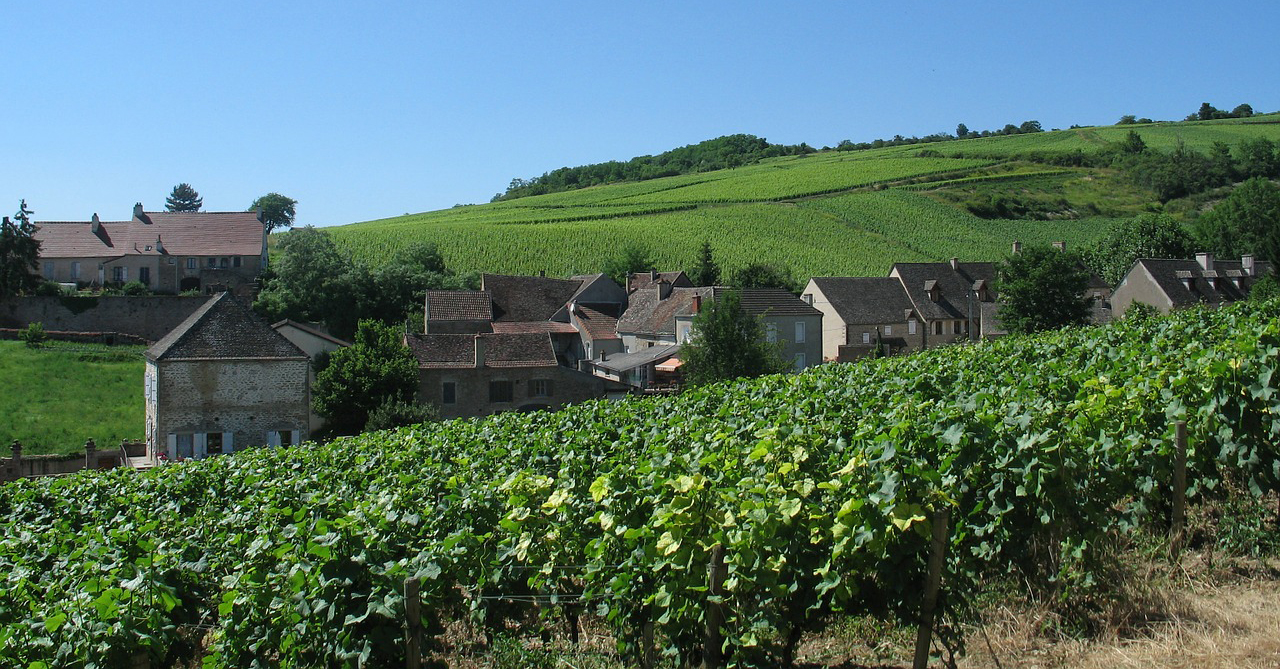
Well written straight forward informative article about Burgundy. Thank you
– Ben W